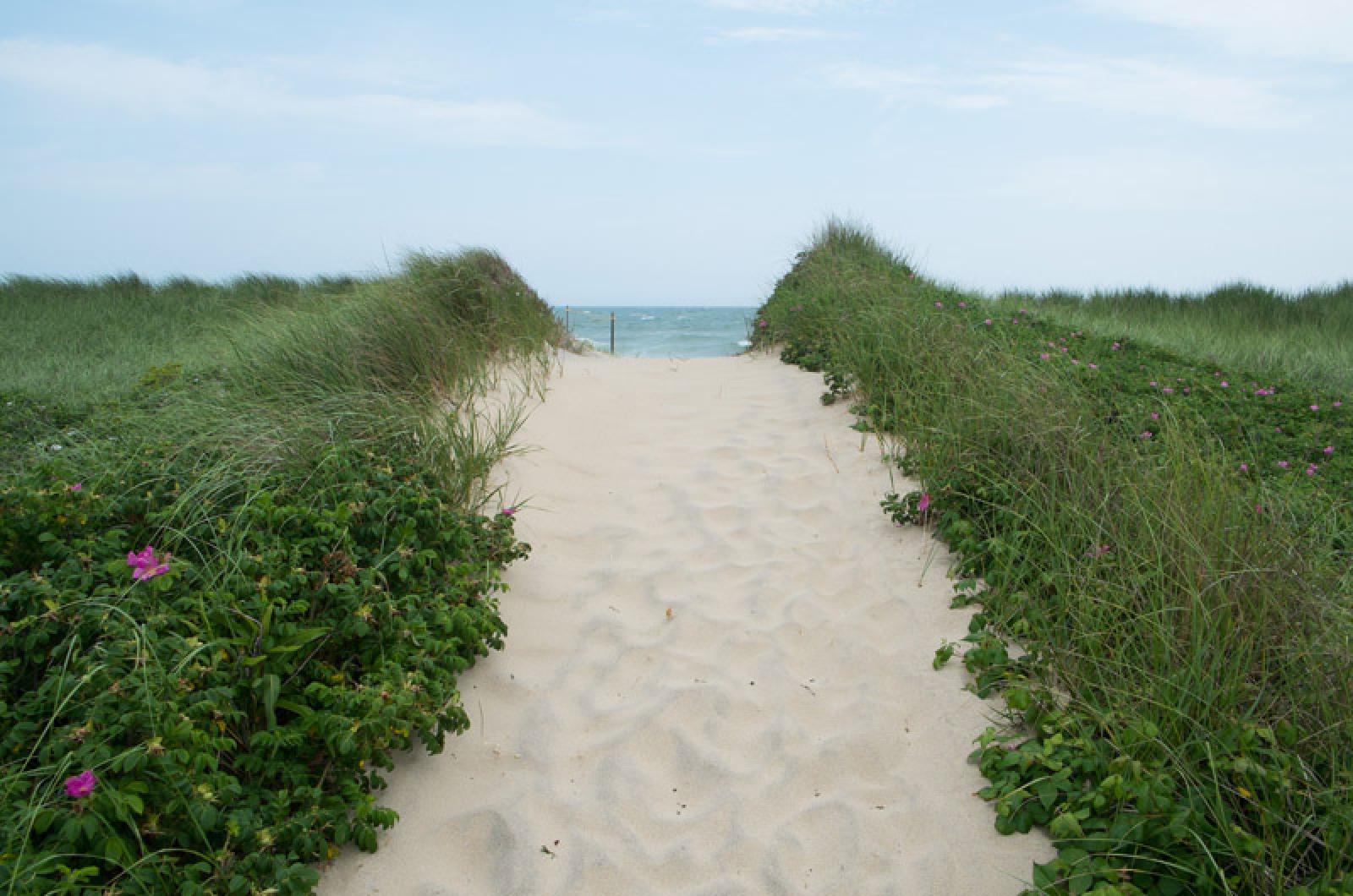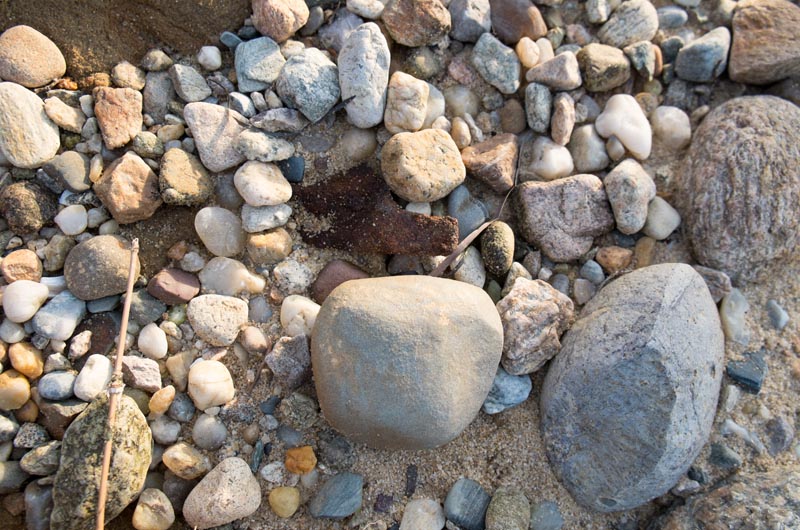The Army Corps of Engineers is moving forward with three projects to remove practice bombs and other debris from former World War II bombing ranges on the Vineyard, and to reduce the risk of injury through public education.
The three projects, at Tisbury Great Pond, South Beach and Cape Pogue, will cost a total of about $18.5 million, and are at various stages in planning. Funding for the $8.1 million Cape Pogue project was obtained last year, and fieldwork could begin as soon as late March. Work at Tisbury Great Pond is further out.
Feasibility studies for the Tisbury Great Pond and South Beach projects were completed last summer, after which the Army Corps held public hearings on the Island. The $9.8 million proposal for the great pond in West Tisbury drew the most concern, much of it focused on the high cost and plans to remediate sand dunes at the site.
The project will involve clearing all munitions and debris from a 123-acre area between the pond and Long Cove, including portions of the inland waters and ocean. In the meantime, the Army Corps planned to increase public awareness through signs, printed material and site-specific training for the community.
A survey of about 1,000 acres, beginning in 2009, identified six hazardous munitions and 31 pieces of non-hazardous debris at the West Tisbury site, which was active between around 1943 and 1947. The practice bombs often contained small black powder charges, along with plaster, water or sand, so pilots could see where they landed.
At South Beach, a survey of about 4,400 acres, mostly in the ocean, revealed 98 pieces of munitions debris. An earlier effort had unearthed two 100-pound practice bombs at Wasque Point, 617 pieces of debris and 99 inert rockets. The Army Corps is developing a $622,000 public education and monitoring program at the site.
Meanwhile, the Cape Pogue project will cover 234 acres, including Shear Pen Pond near the northern tip of Chappaquiddick, and a portion of Cape Pogue Bay. As with the great pond project, work will involve subsurface clearing on both the land and water.
Clearing all of the munitions at the West Tisbury site likely would mean removing sand from the dunes. That would also require working with state and local agencies to minimize the impacts on nesting shorebirds and the endangered northeastern beach tiger beetle. The Army Corps would reestablish the dunes and their native vegetation.
Project manager Carol Charette told the Gazette this week that environmental protection measures would include having biologists on call, coordinating with various agencies and working within certain timeframes. “Does that drive up the cost? Absolutely,” she said.
But the biggest costs will relate to working in the water.
“When you have to work in the open ocean, that drives up the cost,” Ms. Charette said. “You are dealing with weather conditions. Some days you can dive, some days you can’t dive. It’s more dangerous, it’s more time consuming as well.”
“Once you find something, you have to dig on it right away,” she added, “because chances are you aren’t going to find it again.”
A joint contract for long-term monitoring at all three sites could help save money, but other factors such as coordinating among the projects could cancel out the benefit. “A lot of the time it’s hard to predict if it’s going to be more or less,” Ms. Charette said.
Only the Cape Pogue project has been contracted, but Ms. Charette hoped to award contracts for the other projects in June. Detailed plans would then be developed over the next several months, with fieldwork at Tisbury Great Pond likely starting in 2017. Work might last from six months to a year, not including a final report.
Army Corps documents related to the Vineyard projects are available at nae.usace.army.mil and at the West Tisbury and Edgartown libraries.






Comments (17)
Comments
Comment policy »